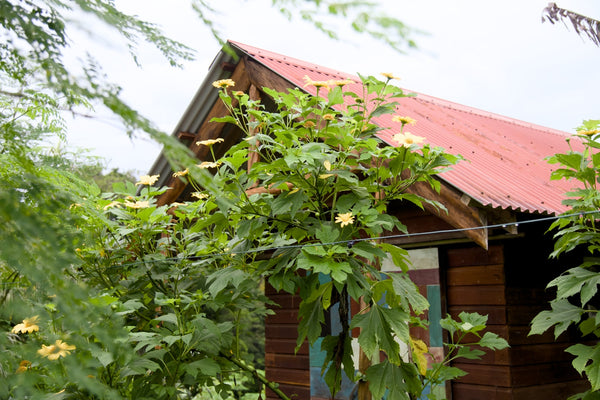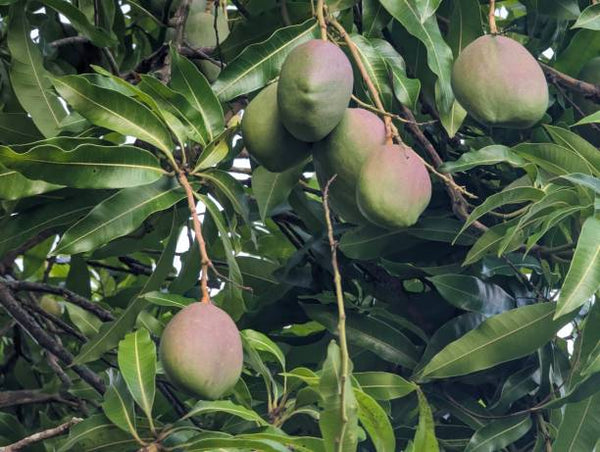🌱 Common Name: Mugwort
🌿 Botanical Name: Artemisia vulgaris
🌏 Native Region: Europe, Asia, and North America.
✨ Brief History
Mugwort has been used for centuries in traditional medicine, folklore, and rituals. Known as a “witch’s herb,” it was historically believed to ward off evil spirits and bring good luck. Ancient Romans used it in their sandals for long journeys, while traditional Chinese medicine employs it in acupuncture practices. Mugwort has also been valued for its medicinal properties and as a culinary herb across cultures.
🍵 Culinary Uses
Mugwort’s slightly bitter, aromatic flavor lends itself to various dishes:
- Teas: Mugwort leaves are steeped to create calming herbal infusions.
- Seasonings: Used to flavor soups, meat dishes, and stuffings.
- Traditional Recipes: Incorporated into Asian rice cakes and bread for its unique taste and medicinal benefits.
It’s a versatile herb that enhances dishes while supporting digestion.
🌿 Medicinal Benefits
Mugwort is a valuable herb in traditional medicine with numerous uses:
- Digestive Health: Stimulates appetite, aids digestion, and relieves bloating.
- Sleep Aid: Promotes relaxation and is traditionally used to encourage vivid dreams.
- Menstrual Support: Helps regulate menstrual cycles and alleviate cramps.
- Anti-inflammatory: Supports joint and muscle health.
- Antimicrobial Properties: Helps ward off infections.
Note: Always consult a healthcare professional before using Mugwort medicinally, as it may cause allergic reactions in some individuals.
🏛️ Cultural Significance
Mugwort has played a key role in folklore and traditions worldwide:
- Worn as a protective charm against negativity and evil spirits.
- Burned in rituals for purification and spiritual cleansing.
- Used in traditional acupuncture practices like moxibustion in China.
Its reputation as a mystical herb makes it a fascinating addition to any herb garden.
🌞 Care and Cultivation
Mugwort is hardy and easy to grow, making it perfect for any garden:
- Sunlight: Thrives in full sun to partial shade.
- Soil: Prefers well-drained, slightly alkaline soil.
- Watering: Requires moderate watering; drought-tolerant once established.
- Pruning: Regular pruning helps control its spread and promotes healthy growth.
🌱 Propagation
Mugwort is a vigorous grower that propagates easily:
- Seeds: Sow seeds directly in spring for best results.
- Cuttings: Take stem cuttings and root them in moist soil.
It can spread rapidly, so consider planting it in a controlled space.
🌼 Fun Fact
Mugwort was traditionally placed under pillows to encourage prophetic dreams and is still used in dream pillows today.
🌿 Grow Your Own Mystical Mugwort at Home! 🌟
Add a touch of tradition and wellness to your garden with Mugwort (Artemisia vulgaris)—a versatile herb steeped in history and medicinal benefits.
Why Grow Mugwort?
✔ Health Benefits: Supports digestion, relaxation, and more.
✔ Spiritual Uses: Perfect for rituals and dreamwork.
✔ Low Maintenance: Hardy and easy to grow, even for beginners.
🛒 Order Your Mugwort Plant Today
Transform your garden into a haven of health and history with this magical herb! 🌱
👉 Shop Now and start your Mugwort journey today!
Let us help you grow a greener, mystical future. 🌿✨






0 comments